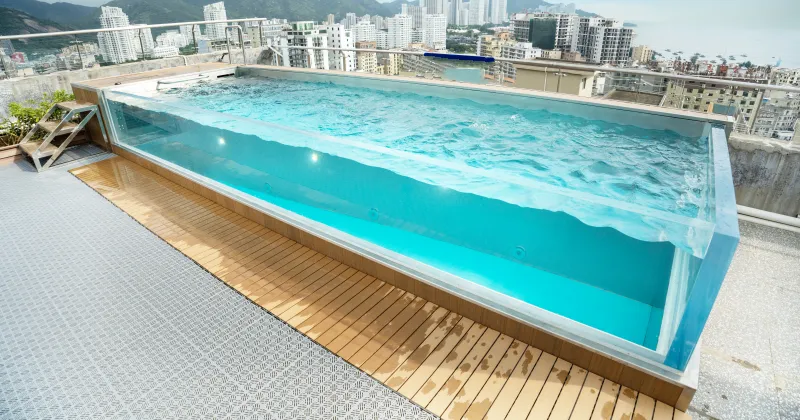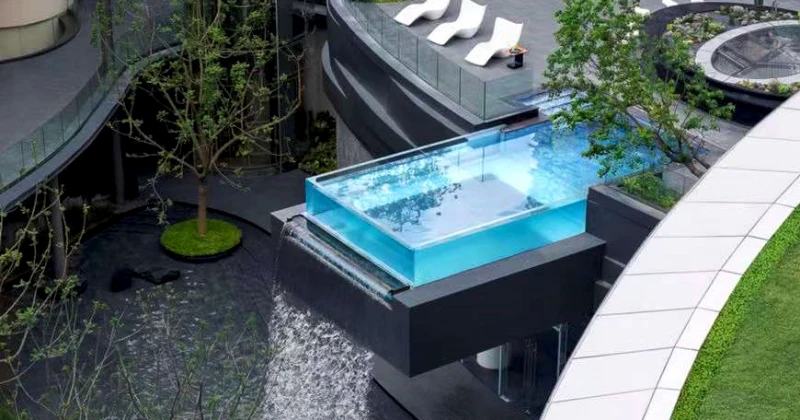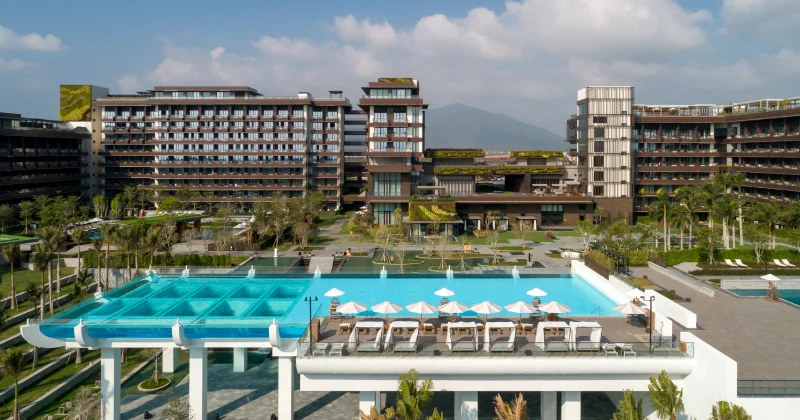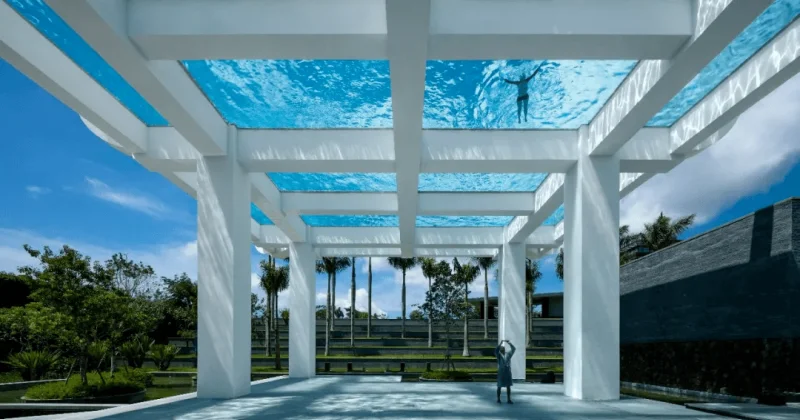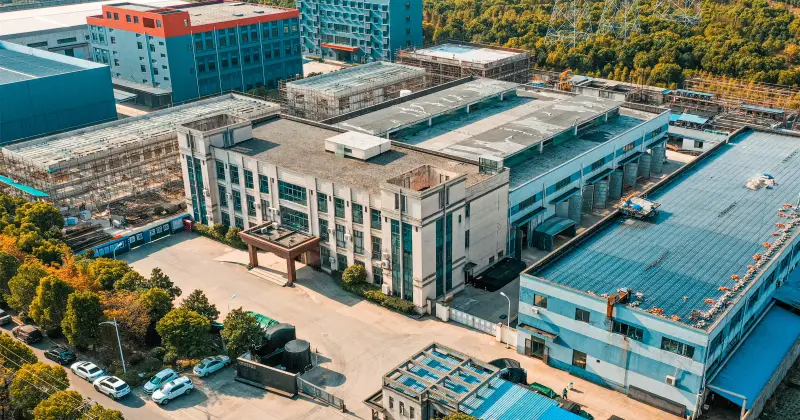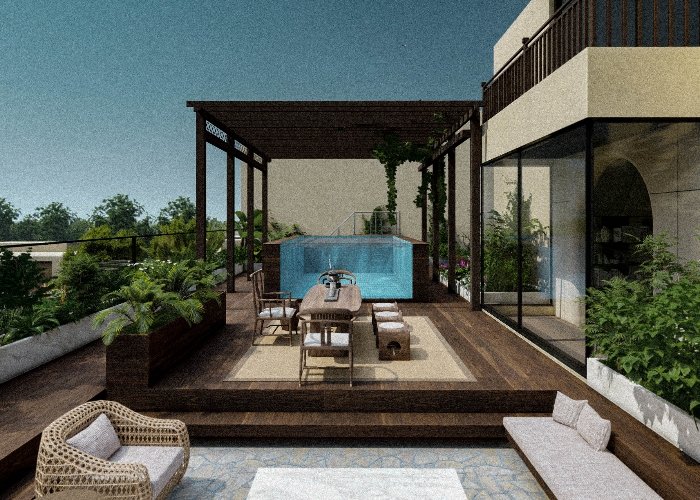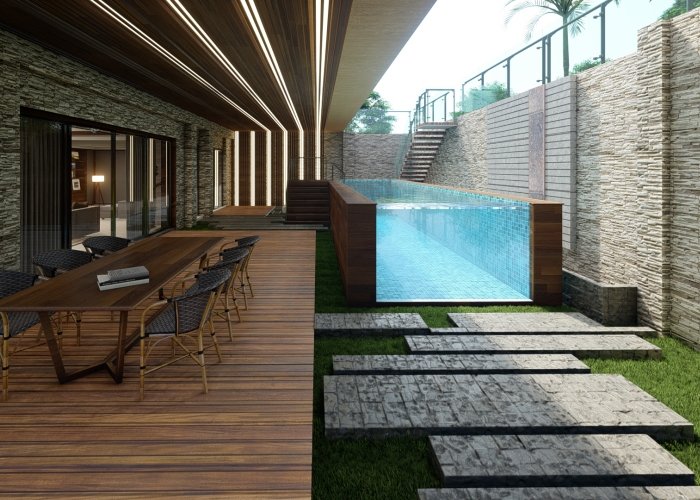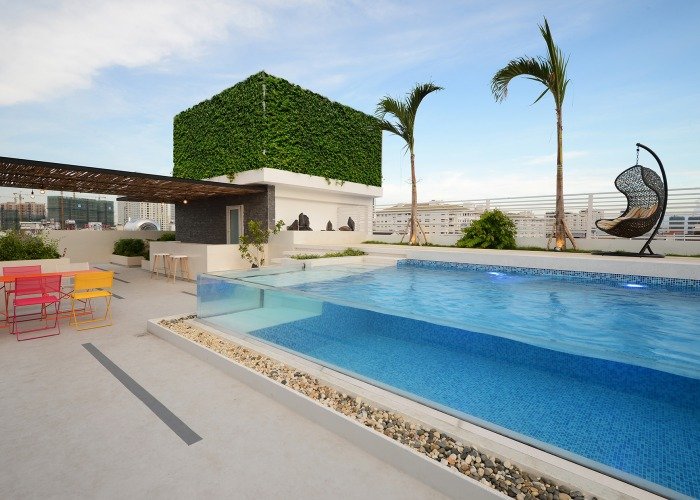
How Thick Should the Glass Wall or Acrylic Panels Be for a Pool Wall?
Whenever you see an acrylic pool or a glass-walled pool, whether it's at a luxury hotel, a high-end villa, or in a movie, people are always captivated by the stunning visual effect. When you decide you want an acrylic pool or a glass-walled pool for yourself, you might start wondering about the materials used. Are they made of glass? Are they safe? Once you get the basics down, you'll understand that the thickness of the glass or acrylic panels determines the overall cost and safety of the pool. If the panels are too thick, it means higher costs; if they're too thin, there could be safety issues.
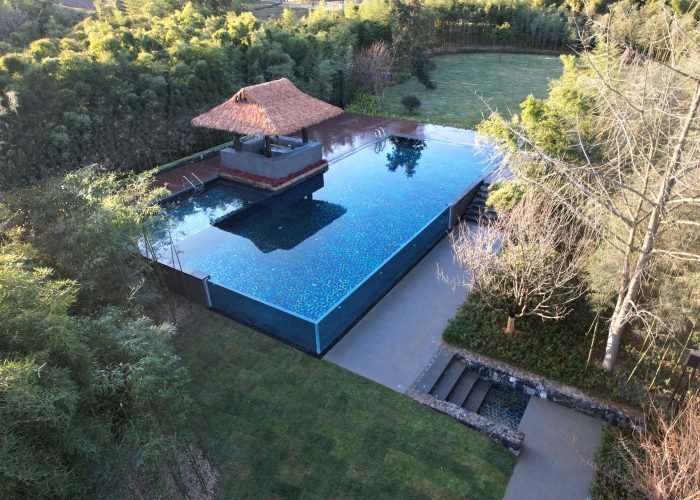
So, how thick should the glass or acrylic panels be for a pool wall?
This is also one of the most common questions our clients ask. At AUPOOL, before answering this question, we always emphasize one point: AUPOOL only works with acrylic panels; we don't build any glass walls, even if they are more affordable. So, the question now becomes: how do we determine the right thickness for the acrylic panels in a pool?
Before considering this, we need to identify the type of acrylic pool. Each type requires different acrylic panel thicknesses due to varying structural supports. Based on AUPOOL's nearly 30 years of experience in constructing close to a thousand acrylic pool projects, we generally categorize them as follows:

Standard acrylic pools: Typically, one side of the pool is replaced with an acrylic panel instead of a traditional concrete wall. The top of the acrylic panel isn't secured, only the other three sides are fixed. Since one side isn't structurally supported, we have to consider not only safety but also the potential deformation of the acrylic panel due to water pressure. As you know, acrylic isn't super rigid; it has some flexibility. If it's too thin, it will bend under the pressure of the water.

Acrylic window pools: These are like standard acrylic panel pools, except the acrylic panel is secured on all four sides, like a window. Since the panel is supported on all sides, we don’t have to worry as much about deformation. Therefore, the acrylic panel in an acrylic window pool can be a bit thinner than in a standard acrylic panel of the same size.

Acrylic bottom pools: Like acrylic window pools, they have structural support on all sides, but instead of the acrylic panel being on the side, it's at the bottom, needing to bear the weight of the water. Therefore, acrylic bottom pools require thicker acrylic panels than acrylic window pools to ensure safety.

Irregular acrylic panel pools: Unlike standard acrylic pools, these pools have acrylic panels that aren't straight; they come in various shapes like circles, arcs, waves, and so on. Curved walls in architectural structures often provide more stability than straight ones. Therefore, irregularly curved acrylic panels can be thinner than the panels in standard acrylic pools.
Calculating acrylic pool panel thickness:
Different manufacturers of acrylic panels have their production techniques and characteristics, and their experience in project construction can lead to varying thickness standards. At AUPOOL, when calculating acrylic thickness, we always build in a sufficient safety margin. That's why, in nearly 30 years of operation, AUPOOL has never experienced any instances of acrylic panel ruptures. We're dedicated to swimmer safety, constructing projects meant to endure for generations, and prioritizing safety in all our endeavors.
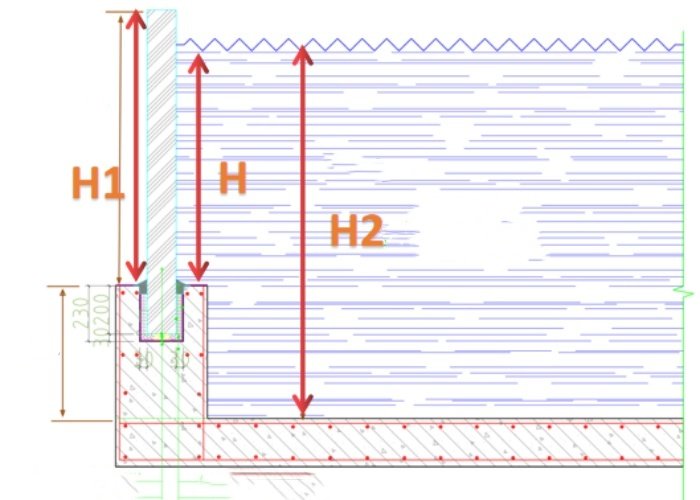
H: The height at which the acrylic panel meets the water, also known as the viewing water depth.
H1: The visible height of the acrylic panel/exposed height of the acrylic panel/viewing height of the acrylic panel.
H2: The depth of the pool water.
In the standard design process for acrylic pools, AUPOOL can provide suitable acrylic panel thickness based on nearly 30 years of experience. Take the acrylic poolside panel, for example. The thickness of the acrylic panel is closely related to the depth of the water and the length of the acrylic panel. Acrylic is a flexible plastic material, so under pressure, it can deform. Since the acrylic poolside panel is fixed on three sides and lacks a fixed structure on top, when AUPOOL considers the thickness of the acrylic pool panel, we need to ensure both safety and aesthetics to prevent deformation.
For instance, for a standard-sized acrylic panel of around 10m (32.8ft) in a location below 38 degrees north latitude with a viewing water depth of 1.2m (3.94ft), based on our usual experience, the acrylic panel thickness should be no less than 120mm (4.72in). For longer acrylic panels, the thickness needs to increase accordingly.
The same applies to acrylic window pools, acrylic bottom pools, and curved acrylic pools. For standard designs or projects like the ones we've undertaken before, we can provide appropriate thickness directly. If you have any questions regarding thickness, feel free to contact our acrylic pool experts for the most suitable plan.

Design verification/scheme safety validation/acrylic finite element analysis
Of course, not every project is conventional. Many are highly unique and innovative, making it difficult to determine appropriate thickness solely based on experience. In such cases, we rely on scientific methods to verify design safety, namely through acrylic finite element analysis. This involves analyzing the stress on acrylic under various conditions, including its Poisson's ratio, yield strength, tensile strength, fracture strain, and its ability to withstand deformation under different scenarios. Acrylic panels are subjected to total loads on the main structure, considering factors like wind, seismic, gravity, and live loads.
At AUPOOL, we have a dedicated structural team that conducts acrylic strength finite element analysis for projects, simulating the static strength of acrylic panels. Reports comprehensively evaluate the stress on acrylic panels from material mechanics, calculation scenarios, finite element analysis, and calculation results, ensuring that the physical properties and safety factors of acrylic panels meet standards.
In practical terms, transparent pools must endure significant water pressure, dynamic pressure from waves and currents caused by swimming, as well as varying wind pressures. The stress environment is complex, demanding stringent safety requirements. Therefore, it's crucial to carefully select the thickness of acrylic walls for each pool project. Regardless, always opt for experienced and professional acrylic teams to provide recommendations to ensure the long-term safety of acrylic pool use.
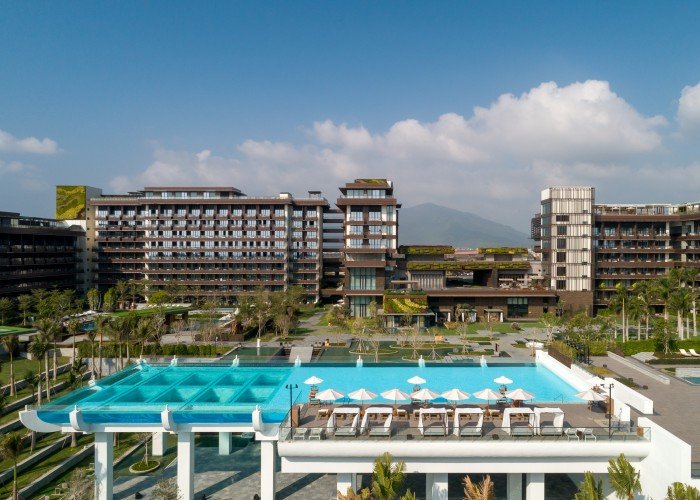
Here's an example: The world's largest cantilevered transparent acrylic pool—is located at the One Hotel in Haitang Bay, Sanya. This stunning pool boasts a transparent area spanning 820 square meters (8,826 square feet).








